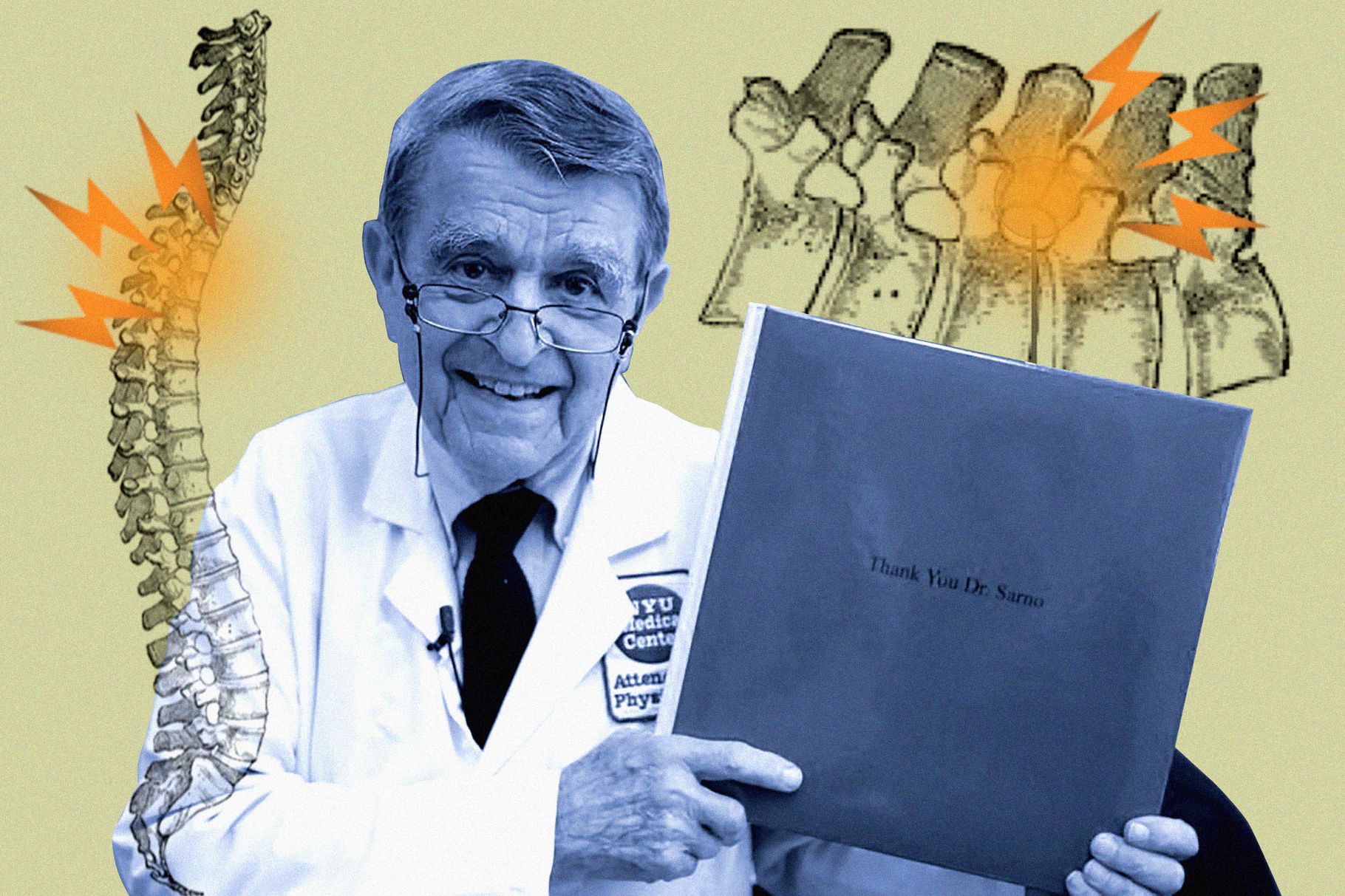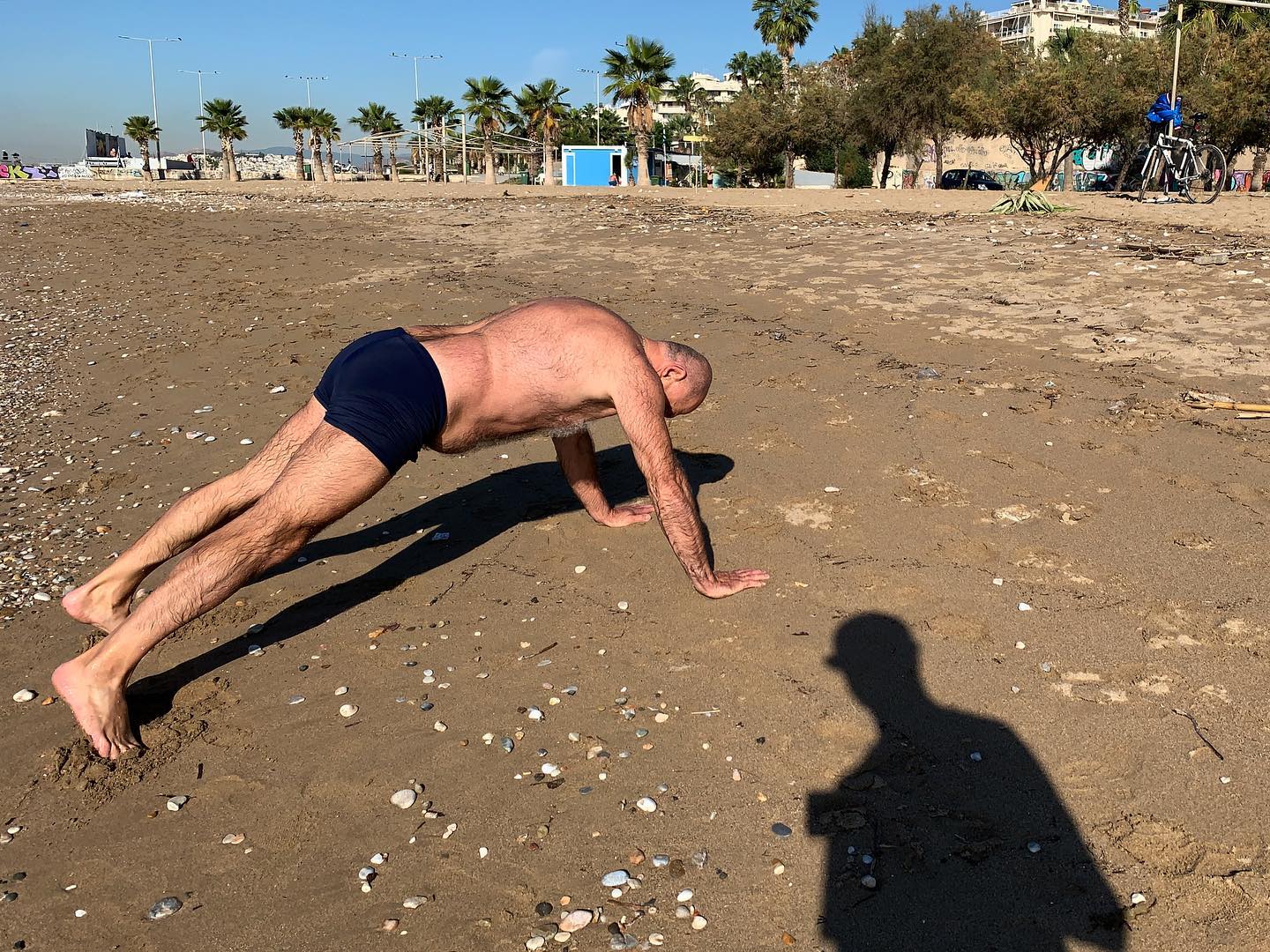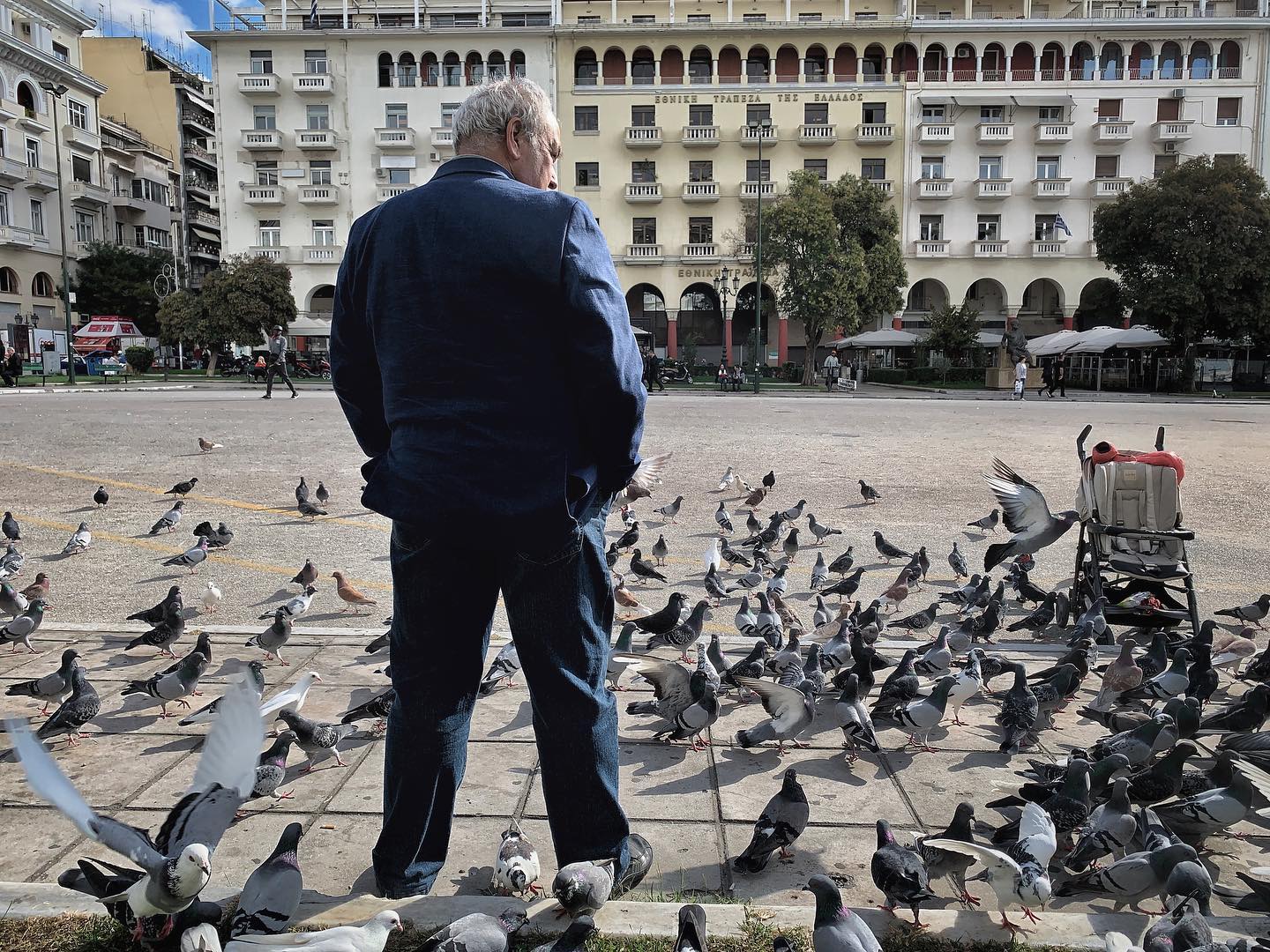
26 May Frames and Shame
The first line of “All The Rage,” our film about the work of Dr John Sarno, is, “The Stories we tell ourselves about ourselves shape our sense of who we are.” The first lines of any story are the foundation for that tale, and this insight into how much our perspective shapes our narrative is central to the story of mind body health issues.
I write a lot about how our perspective on the world frames not only the way that we understand our own lives, but also how our reality unfolds. When we pay attention to what’s going on in our lives, we can begin to see these patterns unfolding in real time. In some sense, these patterns unfold as if we are actors in a play, wherein we know our part so well that we respond to the lines we are given as if the scene was written specifically for us. In fact, we are often so unconsciously afraid of “stepping out of character” that we find it almost impossible not to react in the way that we are expected to. This is especially true of our most foundational relationships. When we do step out of the roles we’ve been assigned, we often find that we face resistance. Often, people who expect us to stay in a role that intersects with the one that they are playing will try to shame us into “staying in character”. However, we also discover that when we break out of the roles we are expected to stick to, the scene can play out differently in a better way. Still, this often requires that we not succumb to shaming.
At almost every screening of “All The Rage,” the first question I get is, “How are you doing now?” It’s a reasonable question, given that the film tracks my efforts to recover from debilitating back pain. Yet, it’s also a loaded one. Packed inside those few words are mountains of expectation, and tunnels of complex framing. I’ve learned to respond with the simple truth. “Thanks for asking. I’m doing very well. I still have the disease of being human. It’s terminal, so healing isn’t a place, it’s a process, and I’m making good progress.” Like the stock market, my situation goes up and down, but I can say with some confidence that I am on a healing path.
At many early screenings, another comment was, “It’s very brave of you to be so emotionally naked in the film.” At the time it didn’t feel all that brave, but I understood what they were saying. However, when the reviews of the film came out, and they personally shamed me in print for being in the film, I started to understand this a little bit more. Shaming can be a very powerful motivator. However, the work I had done on the film helped me to recognize that the reviewers’ reaction has less to do with the idea that I was an attention-seeker than the fact that this emotional nakedness made them personally uncomfortable.
My role in the film as a patient working to heal, as well as my role as someone who uses that film to help others find their path of healing, has led me to put a little bit of extra pressure on myself to be “doing well”; to set a positive example for others that healing is possible. However, part of that role also involves being as honest as I can be, because that’s the most human thing I can do. At the same time, when I am struggling a little, as I have been during these past two weeks, I have a certain amount of reticence to deal with it both publicly, and even personally. People want clarity. They want a doctor to tell them exactly what to take, or what exercises to do. They are less inclined to trust someone who explains that everyone is different, and therefore everyone has their own path towards healing. Unfortunately, this is the most accurate answer I can give. The last line of our film sees Dr Sarno stating, “It all comes down to one simple idea: the mind and body are intimately related. That’s it! That’s the whole story.” It is both this simple, and blindingly complex at the same time. However, if we focus on that simple truth it is a light that can guide us on our path.

This morning, as I walked in the meadow while trying to shake off some of the stiffness and soreness I have felt recently, I thought about ideas of shame. I’m not consciously ashamed of having some lower back pain, but I am aware that given the previously discussed pressure I feel to be “healed” or on a solid “healing path,” it’s not something I have been chomping at the bit to write about. At the same time, I know that leaning into difficult feelings and situations is better than avoiding them. So, the best medicine I can think of is to write about it. As I was walking, and starting to think about articulating some of what I have been dealing with, I thought, “There’s a reason that confession is an integral part of the Catholic faith.” However, I’m not Catholic, and this is not really a profound confession. Instead, its an exercise in trying to eke out a slightly deeper understanding of some of the processes we all go through as we try to heal.
I am acutely aware that it is important for me to be thoughtful about and observant of the ways that I, and others, communicate about our pain and our feelings. In that sense, it’s not that I am unwilling to share what’s going on with me, but I am very aware that communication involves understanding not simply what we want to express, but how that expression will be understood. This reality is amplified because so much of the discussion around back pain is fraught with anxiety and confusion.
On Facebook, I see some of the discussions that people have in forums related to healing from mind body pain and other mind body illnesses. It’s interesting to note that many people who are new to the idea that our emotions can affect us in profound physical ways have trouble making sense of how their thoughts might be a causative factor in whatever ailment they are struggling with. As someone who has spent years observing these patterns, it’s sometimes shockingly clear to me how profoundly one’s framing can affect one’s situation, even as the person complaining about their pain can be seemingly blind to the connection.

I understand that when people feel panicked, they are even less able to understand challenging ideas. I have learned to offer the information with as little pressure or expectation as possible. By the time they have come to a forum related to the mind body connection, they have some awareness but are also often still struggling to see how their own framing or behavior might be part of the problem. When we feel deeply enmeshed in our own story, it can feel like someone is trying to annihilate us if they are asking us to change the way we see the world. The first thing I try to communicate is that we are not our thoughts. We are the observer of our thoughts. This is something that meditation helps to clarify. The second thing I try to tell them is that they will be ok. It’s true. Once we can learn to observe our thoughts, we cease to be controlled by them. It can be difficult to change, because our reactions feel like they protect us from being overwhelmed by others. However, it is our reactions that make us feel overwhelmed.

For those of us who have come to see the power of the simple idea that our pain can be caused by our emotions, there is often a desire to spread the word – to proselytize. This is rarely a successful venture. We made our film because we wanted to share this good word. However, over time, we have learned to think of the film and the ideas in the film as a gift that some people may not accept. So we offer it without attachment or expectation, or with as little attachment and expectation as we can muster. In the end, our expectation doesn’t help others embrace the ideas, and it has negative repercussions for us as well. The teachers appears when the student is ready. The truth is, the teacher is always there, but we only see it when we are ready.
Again, I’m currently having some pain in my leg and back. I first wrote, “struggling” with some pain in leg and back. In some sense that’s true. In all honesty, I am struggling a little, but that struggle isn’t helping me in any way. I’m struggling because I’m resisting the work I need to do, which is deal with some of the resistance I’m experiencing in regards to my emotions. Right now is the year anniversary of my mother falling and starting a long health decline. It’s bringing up a lot of emotions. While I am making some effort to be with those emotions, I haven’t been fully successful. So yesterday, I re-committed to doing more journaling and meditation. It’s already helping. We always have the tools we need. However, we need to use them. This process is not magic, but it can be magical.

Christina Souza
Posted at 10:19h, 27 MayI hope that writing this helps alleviate some of your current pain. You are human, All the Rage made me realize I had this condition of. “being human” too. I am beyond grateful that the message getting out there. Keep journaling and meditating, for feeling emotions is all part of the human condition. Grateful for your work.
Michael Galinsky
Posted at 20:13h, 27 MayThanks Christina,
This post was much longer at first and I worked to tease out how we seek both sympathy and empathy and how they have different energies. I think it is more useful as adults to seek empathy or understanding and recognize when we want sympathy- which is perhaps not as useful. empathy helps us grow- sympathy provides comfort- However it is in spaces of discomfort that we find the most growth.
Christina Souza
Posted at 01:10h, 28 MayI absolutely agree, Brené Brown has some great writings on the difference between empathy and sympathy and describes how empathy fuels connection and sympathy can drive disconnection. So interesting, and a cute little short to demonstrate. https://m.youtube.com/watch?v=1Evwgu369Jw
Empathy can also extinguish shame, and we could all use a little of that emotion to be extinguished. You are not alone. Thank you so much for responding and sharing your thoughts.